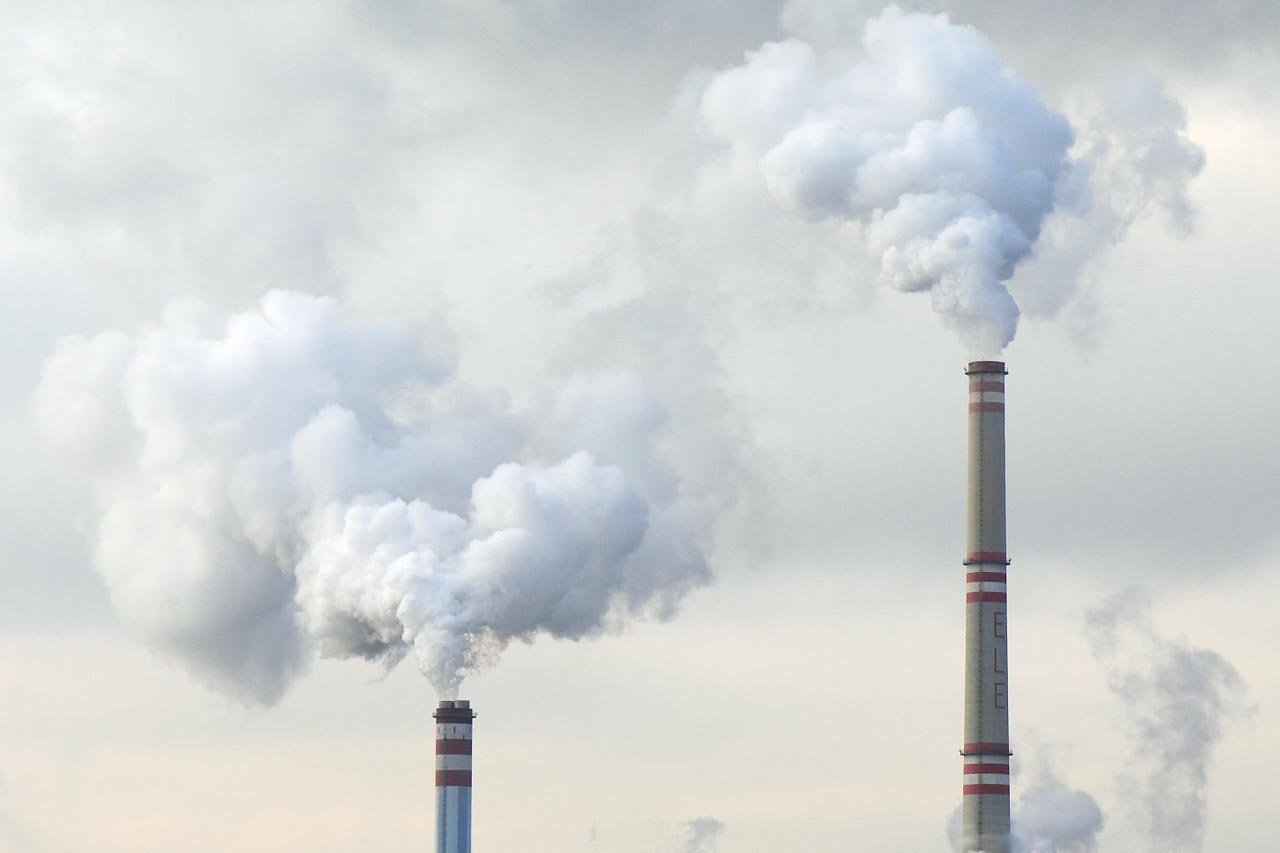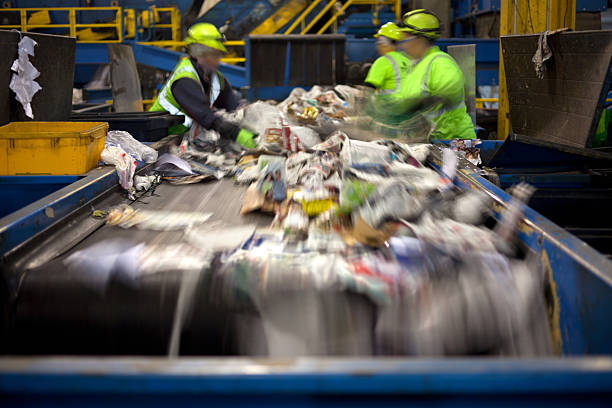Over the past century, coal has been critical to industrialization, supplying the energy needed to power factories and contribute to economic growth. The cheap cost of coal as well as the ease with which it is converted into electricity cemented its position as a valuable energy resource. Unfortunately, coal is also perhaps one of the “dirtiest” forms of energy on the planet. The burning of coal not only emits large amounts of dark hazardous smoke, but also serves as a substantial contributor of greenhouse gases.
As climate change concerns have intensified, countries have begun to reevaluate their coal use and the deleterious effect it can have on communities. The focus of these efforts has been, for the most part, on reducing the emissions of coal power plants. The Chinese government has begun to close or limit the activities of coal plants located near major urban areas such as Beijing. Similarly, much focus in the United States has been on installing advanced filtration systems in coal plants that keep the most nefarious emissions from escaping into the atmosphere.
While there has been much discussion around coal’s impact on air pollution and the climate, there has been decidedly less concern over the ash that is left over after the burning and filtration process. Despite moving away from coal altogether in many developed countries, the residual ash from decades of coal use will remain a persistent problem. Further, it will take developing countries many years to move away from coal to cleaner forms of energy. As coal will remain an important part of the world’s energy profile in the years to come, a comprehensive approach to disposing of the ash is desperately needed.
Coal ash and other byproducts of burned coal are extremely hazardous. Lead, mercury, arsenic, and selenium are only a few of the harmful elements that comprise the toxic slush. For much of coal history, the ash has been disposed of haphazardly – dumped into unlined pits, abandoned mines and rivers. However, the present volume of coal ash has magnified the issue and its disposal has become an increasingly pressing problem.
In the United States, there is no uniform strategy for storage of coal ash, leaving the decision of its storage to individual power suppliers. This has resulted in a patchwork of different state regulations with many facilities simply dumping the ash into unlined pits or ponds, many of which are located near major rivers and streams. Toxins from the ash can easily permeate into ground water, threatening the health of local communities. In fact, one study found that living in a one mile radius of a coal ash deposit site was more hazardous to a person’s health than smoking a pack of cigarettes a day. Shockingly, it is estimated that nearly 1.54 million children in the United States live near coal ash deposits.
Moreover, unlined pits are structurally unstable and susceptible to events such as flash flooding. When the pits overflow, the surrounding barriers are breached, causing coal sludge to spill into rivers and flow downstream. Flooding associated with Hurricane Matthew in 2016, caused coal ash to flow into the Neuse River, coating wetlands with a thick layer of muck. Measurements of the river reflected high levels of arsenic, sparking concerns over the safety of drinking water in surrounding communities.
Similarly, in 2015, a period of intense downpour in Northern Vietnam triggered the release of toxic sludge from area coal plants, threatening the country’s treasured Ha Long Bay. As periods of erratic weather are predicted to increase in the future due to climate change, Ha Long Bay is particularly susceptible since it is bordered by 5,736 hectares of open pit coal mines.
Once the coal sludge has made its way into the surrounding ecosystem, it is extremely difficult and costly to remove. Conversely, during periods of drought, fine particles of coal ash are picked up by winds and travel far distances. These particles can easily penetrate the respiratory systems of humans and contribute to a variety of ailments such as asthma, lung disease, cancer, and stroke.
In addition to the harmful effects on humans, coal ash negatively impacts the habitat of plants and animals. Coal ash that travels into streams can radically alter the river’s alkalinity, making it vulnerable to radical pH changes, harming native fish populations and freshwater mussels. Such a shock can have drastic repercussions on the local ecosystems that depend on these food sources to survive. Moreover, livestock living near coal ash are at risk of developing debilitating illnesses from drinking contaminated water sources. During times of drought, thick plumes of ash can be easily blown onto nearby crops, decimating harvests.
Recognizing the seriousness of the issue, some industries have made attempts to recycle coal ash. The global construction industry has begun incorporating ash into building materials such as concrete, roofing shingles, and wall board. Unfortunately, not all coal ash can be recycled into these materials as there are restrictions on the quality of usable coal ash. This has resulted in some US companies importing coal ash from countries such as China, India, and Poland. Understandably, this does not solve the problem of the tons of ash remaining in retention ponds that cannot be transformed into building materials. In 2014 alone, of 130 million tons of coal ash were produced by US factories, only 46 million tons were recycled.
Although not a perfect solution, it is a stopgap that keeps the ash in a more stable form than it could be otherwise. More research must be conducted into incorporating the other forms of coal ash into different materials.
In addition, a movement towards a large scale global tracking system of coal ash deposits is imperative. Far too often toxic coal deposits have been placed in disadvantaged areas with large minority populations. Factories need to become more transparent regarding their disposal activities and work with local communities to ensure that surrounding ecosystems are protected.
In closing, the move away from coal and towards other energy sources should be encouraged. However, the legacy of coal will remain with countries for many years to come. Simply disregarding the ash and hoping that it will disappear is not a solution. Instead, funding for research into alternative uses of coal ash should be encouraged. Meanwhile, older unlined pits must be updated to include proper barriers that keep the most harmful ash components from leaching into the ground water.
- Yemen Crisis: Has a Turning Point Been Reached? - February 8, 2018
- Monster Viruses and Dangerous Diseases: How Climate Change Threatens to Upend Global Health - February 8, 2018
- Uncertain Trajectory: Kazakhstan’s Perilous Path on the World Stage - November 1, 2017






